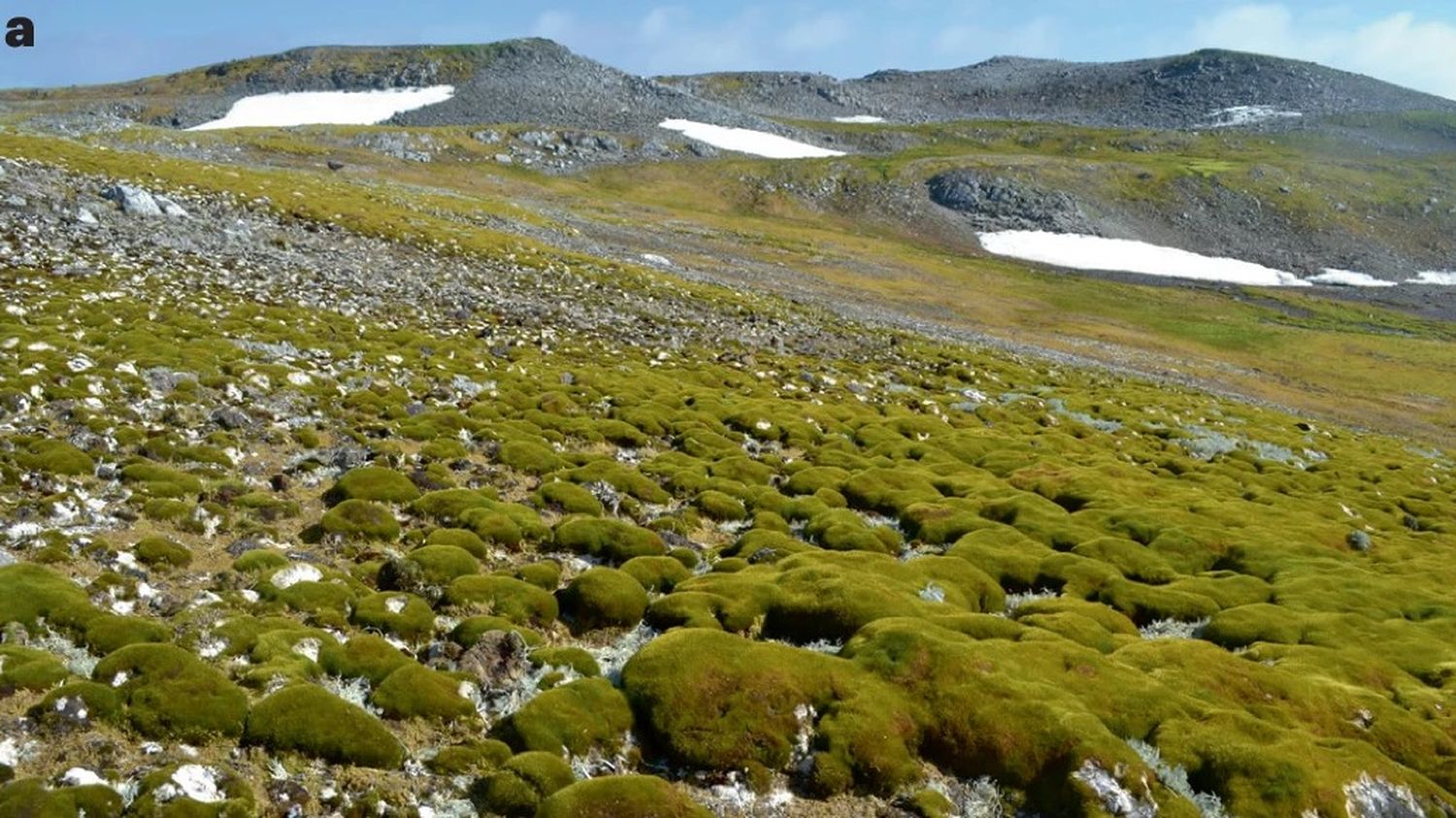It’s basically foam. A progression which worries scientists, aware that it plays “a central role in the conversion of bare rocky surfaces into vegetated soils”.

Published
Reading time: 1 min

The greening of Antarctica is accelerating, plant cover has increased 14-fold in 35 years, franceinfo learned on Sunday October 6, in a study published Friday by the British scientific journal Nature Geoscience.
The Antarctic Peninsula, the northernmost strip of land on the continent, has changed in recent decades. Thanks to satellite images, scientists were able to observe that the greenery, composed mainly of mosses and lichens, “has increased from 0.863 km² in 1986 to 11,947 km² in 2021”. The pace of this warming and plant propagation continues to accelerate. Between 2016 and 2021, greenery gained 0.424 km² per year, which is 34% more than the overall average over the last 35 years: 0.317 km² between 1986 and 2021.
In his study, Nature Geoscience recalls that over the last 60 years, the southernmost continent of the Earth has warmed considerably. Two regions are particularly affected by this global warming: the western zone and the Antarctic Peninsula. In the latter, the scientific journal expects a warming of 0.34°C per decade until 2100. An increase in temperature “well above the world average”marked by more precipitation and “growing season increases”.
One of the threats to this continent, which is becoming greener over the years, is to see plant species multiply beyond “their natural dispersal areas” but also to see species arriving “non-native” And “invasive” take the place of “endemic species”. For the moment, it is mainly the “moss ecosystems” which extend into the Antarctic Peninsula. This is not trivial, the scientists point out, since “Moss communities play a central role in converting bare rock surfaces into vegetated soils.”
